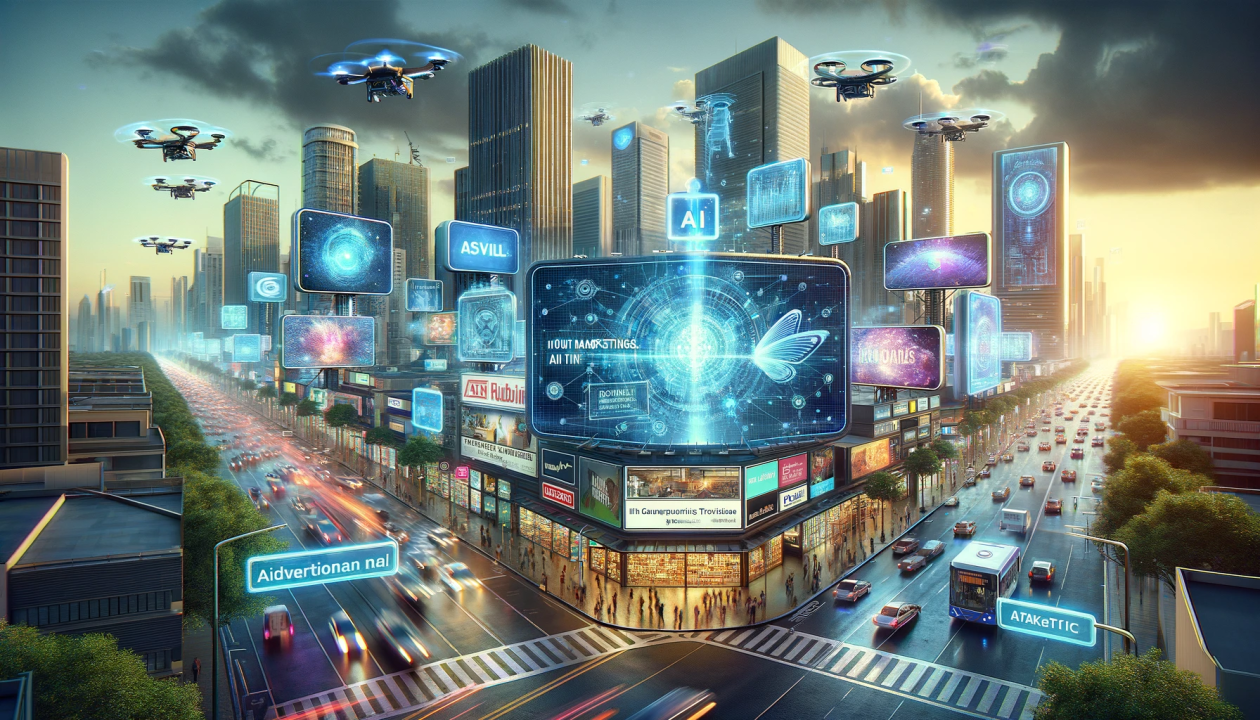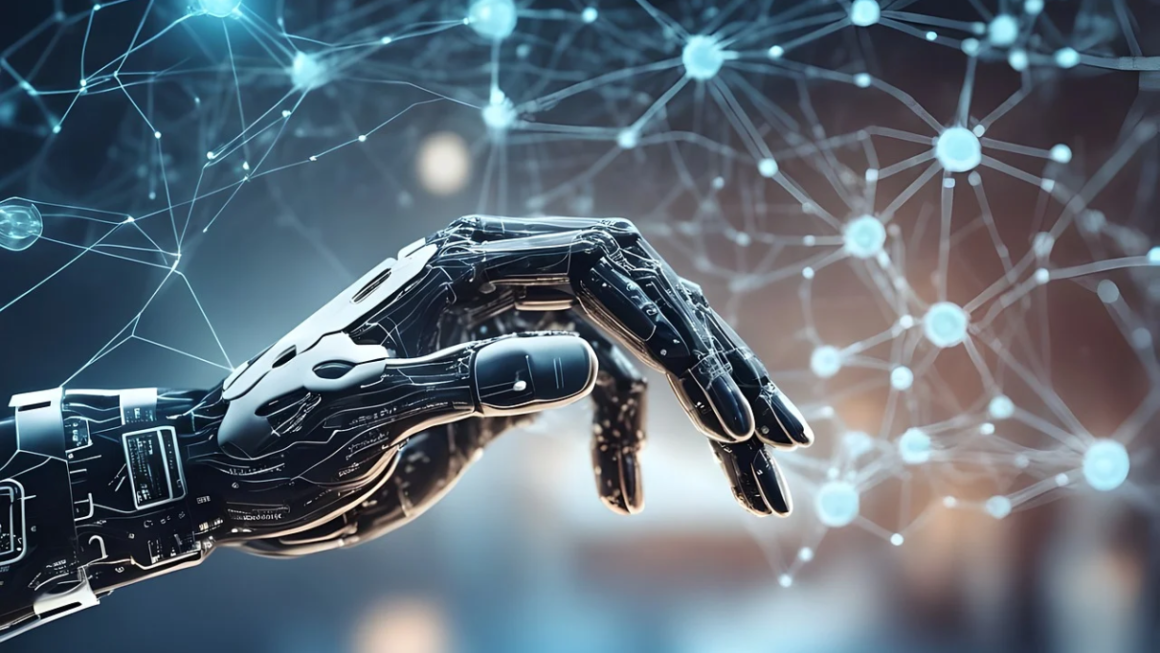Artificial intelligence is unexpectedly reworking numerous fields, and the art world is experiencing a mainly sizable shift with the upward thrust of AI Image Generator. These powerful tools make use of complex algorithms to create pictures from textual descriptions, starting up new avenues for creativity and accessibility in art. This article explores the talents, barriers, and implications of AI image turbines.
How AI Image Generators Work
AI Image Generators typically depend on gadget studying fashions, frequently Generative Adversarial Networks (GANs) or diffusion fashions. These models are skilled on large datasets of snap shots and their corresponding textual content descriptions, studying the relationships between visual standards and language. Once trained, the AI can interpret a person’s textual content spark off and generate a corresponding photo.
The procedure involves the AI studying the textual content, knowledge of the desired items, patterns, and composition, after which it iteratively generates an image that suits the description. The AI refines the picture through a couple of steps, adjusting details and refining the overall aesthetic until it aligns with the activate and the AI’s discovered knowledge of visual art.
Capabilities and Applications
AI picture turbines possess remarkable talents, permitting them to create a huge variety of visuals:
- Text-to-Image Generation: Users provide textual content prompts, which can be as simple as “a cat carrying a hat” or as complex as “a futuristic cityscape at sunset in the style of Art Deco,” and the AI generates the corresponding photo.
- Style Transfer: AI can follow the creative style of 1 picture to any other. For example, a photo can be transformed into a portrait inside the style of Van Gogh or Picasso.
- Image Editing and Enhancement: AI can be used to modify existing pictures, consisting of putting off undesirable objects, changing backgrounds, or improving photograph resolution.
- Creating Variations: AI can generate more than one version of an image, allowing users to explore unique compositions, coloration palettes, and styles.
These competencies have numerous applications throughout diverse fields:
- Art and Design: Artists and designers can use AI photo mills as gear for ideas, prototyping, and creating specific paintings.
- Marketing and Advertising: AI can generate pleasing visuals for marketing campaigns, social media content, and advertisements.
- Gaming and Entertainment: AI can create concept artwork, man or woman designs, and environments for video games and different varieties of amusement.
- Education and Research: AI may be used to visualise complex ideas, create academic materials, and resources in medical research.
Limitations and Challenges
Despite their superb talents, AI photograph mills nevertheless face obstacles:
- Prompt Interpretation: AI can sometimes conflict to correctly interpret complex or nuanced textual content prompts, leading to sudden or unwanted consequences.
- Artistic Originality: Concerns exist about the originality of AI-generated art, because the AI is essentially remixing existing patterns and styles discovered from its schooling information.
- Ethical Concerns: AI picture mills improve moral questions about copyright, ownership, and the ability for misuse, together with growing deep fakes or producing dangerous content.
- Bias in Training Data: AI models can inherit biases present in their schooling facts, leading to the era of snapshots that perpetuate stereotypes or are otherwise problematic.
The Impact at the Art World
AI image generators are having a profound effect at the artwork international, elevating questions about the definition of art and the position of the artist. Some view AI as a device that could increase human creativity, whilst others worry about its ability to devalue human artistic ability.
The accessibility of AI picture mills is democratizing art introduction, permitting everybody with a concept to generate visuals. This has the ability to foster creativity and experimentation, but it additionally increases worries about the capacity displacement of human artists.
The Future of AI Image Generation
The field of AI photograph technology is swiftly evolving. As AI technology advances, we can expect even extra state-of-the-art and innovative gear to emerge. Future AI fashions can be able to better apprehend and interpret complicated prompts, generate more original and modern artwork, and cope with a number of the ethical worries surrounding this technology.
AI Image Generator represent a powerful new tool for creative expression. As these equipment continue to expand, they’ll probably play an increasing number of sizable positions inside the art world and past, reshaping how we create and engage with visible media.



